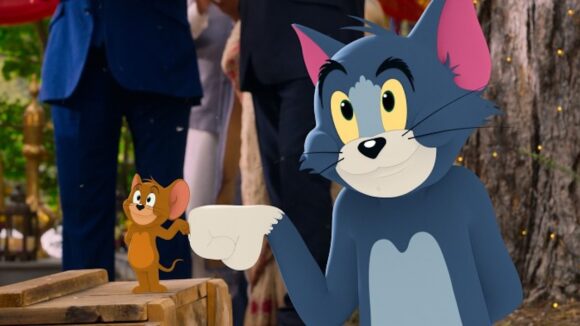

Warnermedia And Discovery Are Set To Merge In $43 Billion Deal. Here’s What It Means.
Three years after buying Time Warner for $85 billion, AT&T is having second thoughts. In a surprise move, the telecom titan is set to spin off its entertainment assets — now known as Warnermedia — into a new joint venture with Discovery, Inc.
What’s happening? Warnermedia and Discovery have announced their intention to merge. Under the terms of the agreement, AT&T shareholders will control 71% of the new company, with Discovery shareholders owning the rest. David Vaslav, currently CEO and president of Discovery, will lead it. The deal is expected to close in mid-2022, pending approval by regulators and Discovery shareholders.
Who are these companies? Warnermedia is AT&T’s entertainment unit. It is home to the Warner Bros. film and tv studio, CNN, TBS, TNT, and HBO — including young streamer HBO Max. Discovery’s vast reality-tv portfolio includes channels like HGTV, the Food Network, TLC, and Animal Planet. It recently launched the streamer Discovery+, and now has 15 million subscribers across its streaming services.
What animation does Warnermedia own? Plenty: Cartoon Network and Adult Swim, Warner Bros. Animation, classic cartoons platform Boomerang, the Looney Tunes and Hanna-Barbera libraries, and much more. We will map out all its animation-related properties in an upcoming article.
Why merge? The two companies complement one another. Discovery, a minnow in the streaming wars, will become tied to one of the world’s biggest media libraries and a fast-growing streaming platform. Meanwhile, its focus on unscripted content will be an asset to Warnermedia, which has not shown too much interest in this area to date.
But why would AT&T spin off what it bought only recently? Since the takeover in 2018, AT&T has struggled to absorb its media businesses. The conglomerate has found itself saddled with huge debt — $180B as of March 31 — and its stock has been underperforming. It has recently moved to sell off other entertainment assets, such as anime streamer Crunchyroll.
AT&T remains a telecom company first and foremost, and it is investing heavily in developing its 5g network. Some analysts and investors have long questioned how committed it is to building out its entertainment brands — notably HBO Max, which lags behind Netflix and Disney+ in both subscribers and content spend.
What will the new company be called? That is to be confirmed, as is Vaslav’s executive team. Nor do we yet know how the company will be structured. Vaslav has stressed that he will run it with “one culture, one mission.”
Warnermedia and Discovery said in a statement: “The new company will be able to invest in more original content for its streaming services, enhance the programming options across its global linear pay tv and broadcast channels, and offer more innovative video experiences and consumer choices.”
Why does this new venture matter? The company will be a giant, with a value of around $130B. Its combined catalogue will make it an intimidating competitor in the streaming wars. The deal also confirms the failure of AT&T’s experiment with entertainment, striking a symbolic blow against the idea of vertical integration.
The new company will also face big challenges. The merger spells more change at the Warnermedia units, which have been undergoing elaborate restructuring for years. Discovery’s Zaslav has little Hollywood experience, so his leadership represents a gamble. Meanwhile, no word of a role at the company for Jason Kilar, Warnermedia’s reformist CEO.
Warnermedia is holding a virtual upfront on Wednesday, at which it will unveil details of its upcoming programming.
Image at top: “Tom & Jerry,” which was released day-and-date in theaters and on HBO Max

.png)